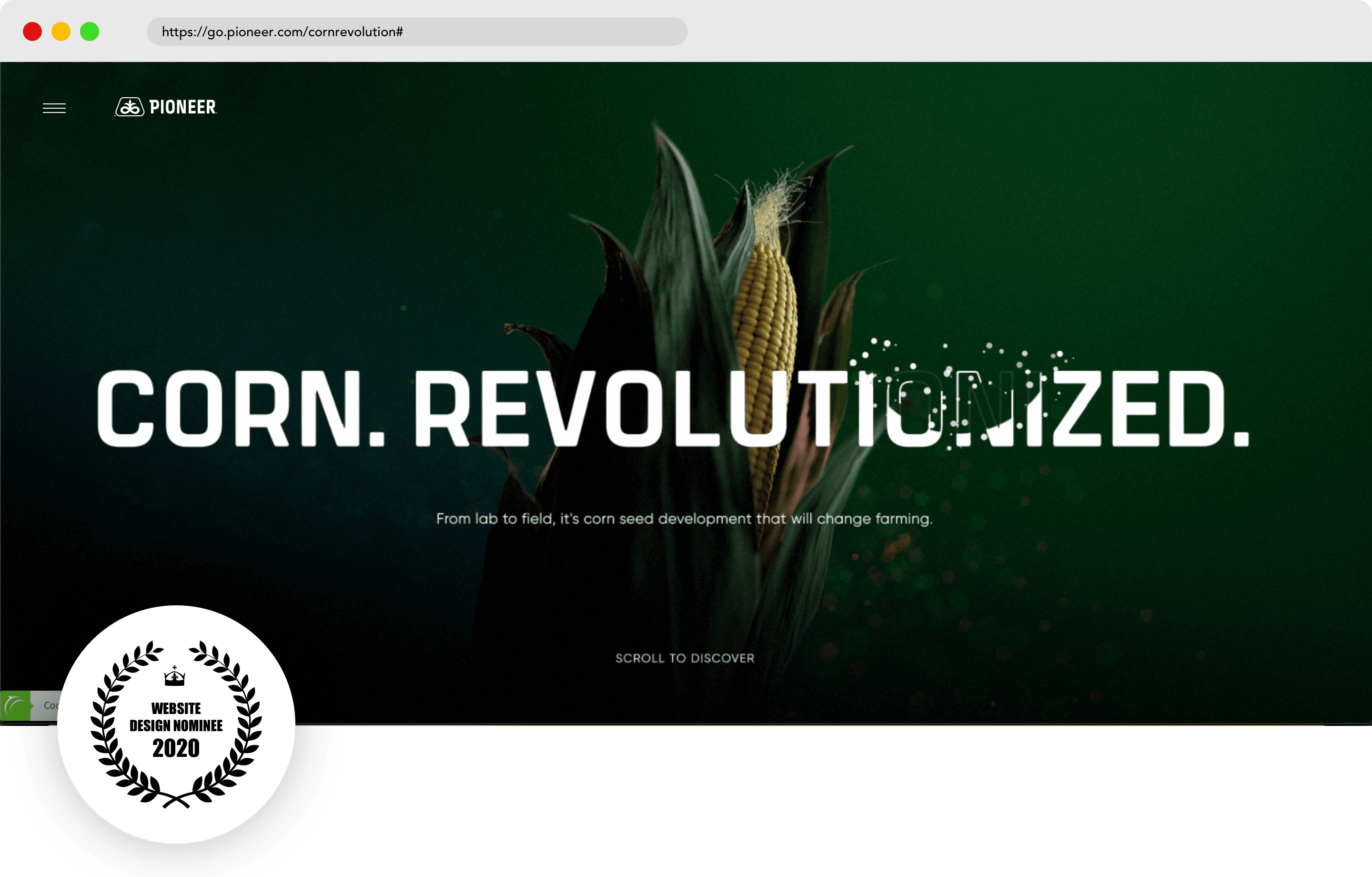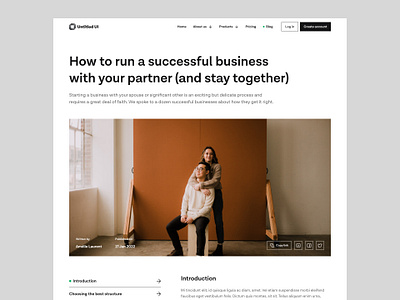Why Every Business Requirements a Solid Website Design for Online Presence
Why Every Business Requirements a Solid Website Design for Online Presence
Blog Article
Secret Approaches for Carrying Out User-Centric Website Style to Boost Involvement
When considering the implementation of user-centric website layout, certain methods are critical in increasing interaction. Extensive study into user needs and preferences develops the structure, leading the development of individual personas to educate layout options. Individualizing content enhances customer fulfillment, and durable availability functions expand reach.
Understanding Individual Requirements
Recognizing customer requirements is an essential action in the procedure of user-centric web site style. This strategy guarantees that the web site aligns with the expectations and requirements of its target market, inevitably causing enhanced user contentment and interaction. The initial stage involves carrying out comprehensive research to collect insights into customer actions, preferences, and pain points. Strategies such as studies, meetings, and individual screening can give valuable qualitative and measurable data about how individuals connect with the internet site.
Examining this data enables developers to create thorough individual characters that stand for the different sections of the target audience. These personalities aid educate layout decisions by highlighting certain customer objectives and challenges, directing the growth of attributes that address these requirements efficiently. Moreover, recognizing the context in which customers operate-- such as their atmosphere, tool choices, and time constraints-- can even more improve the style method.
Compassion plays a vital function in this process, allowing designers to see the internet site from the customer's perspective. By focusing on customer requirements, the style procedure ends up being much more concentrated, preventing the inclusion of unnecessary components that could mess the individual experience. Eventually, a deep understanding of user needs contributes in crafting a website that is both meaningful and practical.
Creating Instinctive Navigating
Having actually developed a comprehensive understanding of individual requirements, the following step in user-centric website layout includes producing instinctive navigating. Efficient navigation is basic to customer satisfaction, affecting how quickly users can find details and complete tasks. To achieve user-friendly navigation, designers must prioritize simpleness and quality, making certain that the navigating framework is constant and logical throughout the website.
Organizing material right into a clear power structure is vital. Website Design. Making use of acquainted tags and symbols can guide individuals effortlessly, lowering cognitive load and enhancing the general individual experience. A well-designed navigation bar need to be plainly placed, permitting customers to recognize their current location and quickly check out various other sections of the website
It is also important to include interactive elements such as breadcrumbs and search capabilities to assist customers in browsing complex websites. These features give additional pathways and boost the accessibility of web content, satisfying various user choices and behaviors.
Evaluating navigating with real individuals is necessary to identify prospective discomfort points and make certain functionality straightens with individual assumptions. Normal comments loopholes and repetitive enhancements can aid keep a reliable navigation system that adjusts to progressing customer demands, ultimately boosting interaction and satisfaction.
Creating Responsive User Interfaces
Inevitably, producing responsive interfaces is a pivotal element of modern-day internet layout, ensuring that sites are accessible and useful across a multitude of tools and screen sizes (Website Design). This flexibility is critical in a landscape where individuals access content by means of mobile phones, laptops, tablet computers, and desktop computers, each with varying resolutions and positionings. The main objective of responsive style is to improve customer experience by maintaining optimal readability and functionality, no matter the gadget utilized
To accomplish this, web developers employ adaptable grid formats, fluid images, and CSS media inquiries. Versatile grids permit web site aspects to resize proportionally, while fluid pictures guarantee visuals range suitably without shedding quality. Media questions play an essential duty by using different designs based upon the gadget's qualities, such as alignment, elevation, and width, thus tailoring the design to the individual's display.
Moreover, responsive user interfaces add to improved seo (SEO) by supplying a smooth user experience, which in turn can lower bounce rates and rise site involvement. In recap, embracing responsive layout is not simply a technological consideration yet an important approach for promoting a user-centric web setting that fulfills the needs of a diverse audience.

Personalizing Content Experience
Individualizing content experience is an important part of user-centric website layout that entails tailoring content to fulfill the special preferences and behaviors of individual users. This strategy not just enhances user fulfillment yet likewise promotes much deeper engagement, as site visitors are a lot more most likely to interact with material that resonates with their interests and requirements. By leveraging information analytics and user comments, businesses can recognize patterns and trends that inform the modification of web material.
Incorporating customization strategies can range from basic adjustments, such as recommending products based upon surfing background, to extra sophisticated strategies like dynamic web content that adapts in Read Full Report real-time to an individual's communications. For instance, personalized landing pages can substantially increase conversion rates by providing individuals with relevant details and offers that line up with their previous activities and choices.
Furthermore, making use of synthetic knowledge and artificial intelligence can additionally fine-tune content personalization by constantly gaining from customer behaviors and adjusting to arising trends. This not just enhances the user's trip yet additionally builds brand name loyalty, as consumers really feel comprehended and valued. Eventually, individualizing the material experience is a crucial strategy for organizations intending to create a much more engaging and purposeful communication with their audience.
Enhancing Ease Of Access Functions
Enhancing availability attributes is a fundamental element of user-centric website layout, guaranteeing that digital web content is usable by everybody, consisting of people with impairments. This method not just follows legal standards such as the Americans with Disabilities Act (ADA) and the Web Material Availability Guidelines (WCAG) but also dramatically broadens an internet site's target market reach. By incorporating functions like keyboard navigation, display viewers compatibility, and different message for photos, internet sites end up being much more inclusive, offering a seamless experience for customers with aesthetic, auditory, or electric motor impairments.
Integrating responsive design elements is critical, helping with gain access to on numerous tools and display dimensions, therefore fitting customers with various preferences and demands. Furthermore, contrast proportions and message dimension modifications can improve readability for people with visual difficulties. Supplying succinct and clear material framework, such as lists and headings, aids understanding and navigation, especially for customers with cognitive specials needs.
Regular ease of access audits need to be performed to determine and rectify potential barriers, ensuring ongoing compliance and usability. By prioritizing accessibility, businesses not just foster inclusivity but additionally boost general user interaction and contentment, ultimately driving higher conversion prices and reinforcing brand name loyalty.

Final Thought
Incorporating user-centric design strategies significantly improves web site interaction by focusing on the demands and preferences of customers. Comprehensive research study helps with the creation of user personalities, have a peek at these guys leading targeted design decisions. User-friendly navigating and responsive user interfaces enhance usability and availability across gadgets. Personalizing web content based on customer habits boosts satisfaction, while durable access attributes expand audience reach. Jointly, these approaches produce a purposeful online experience, cultivating deeper involvement and interaction with the web site.
Complete study right into customer needs and choices creates the foundation, assisting the production of customer identities to educate layout selections. Methods such as surveys, meetings, and customer testing can give useful qualitative and measurable data about exactly how individuals connect with the web site.
By focusing on customer demands, the style process comes to be much more focused, protecting against the incorporation of unnecessary aspects that might mess the user experience. Efficient navigation is basic to individual fulfillment, affecting exactly how quickly individuals can locate details and full jobs. The usage of acquainted tags and icons can assist users easily, reducing cognitive tons and boosting the total click for more info customer experience.
Report this page